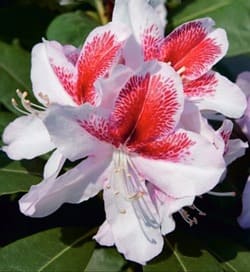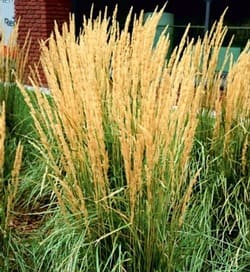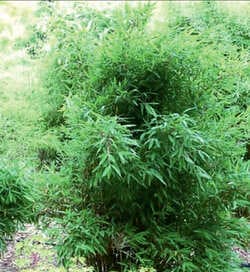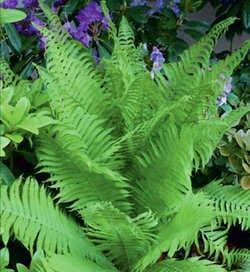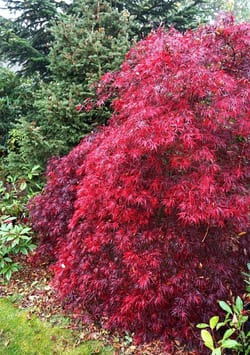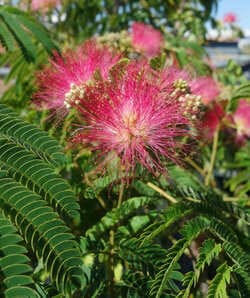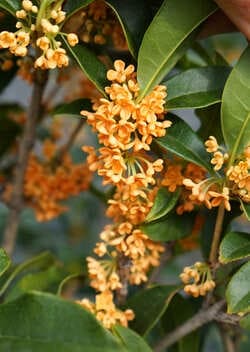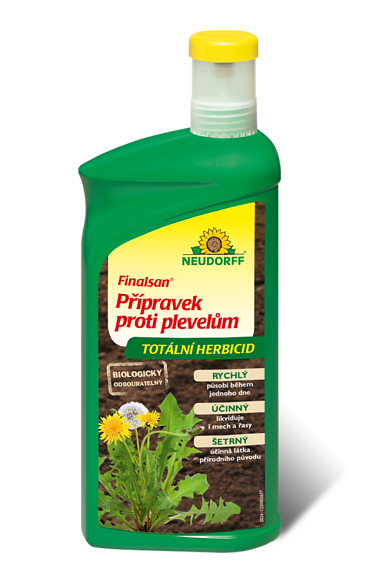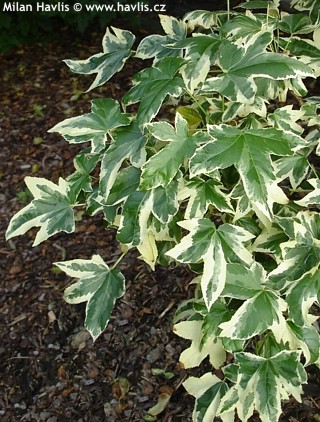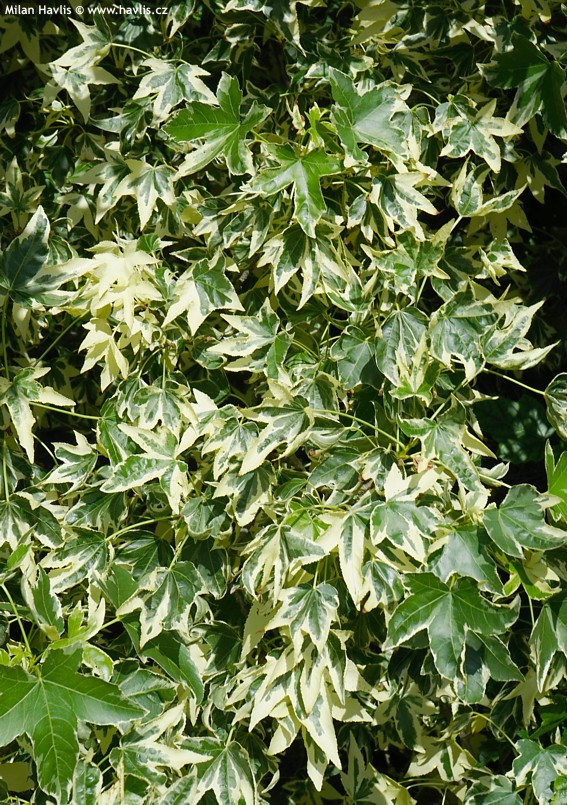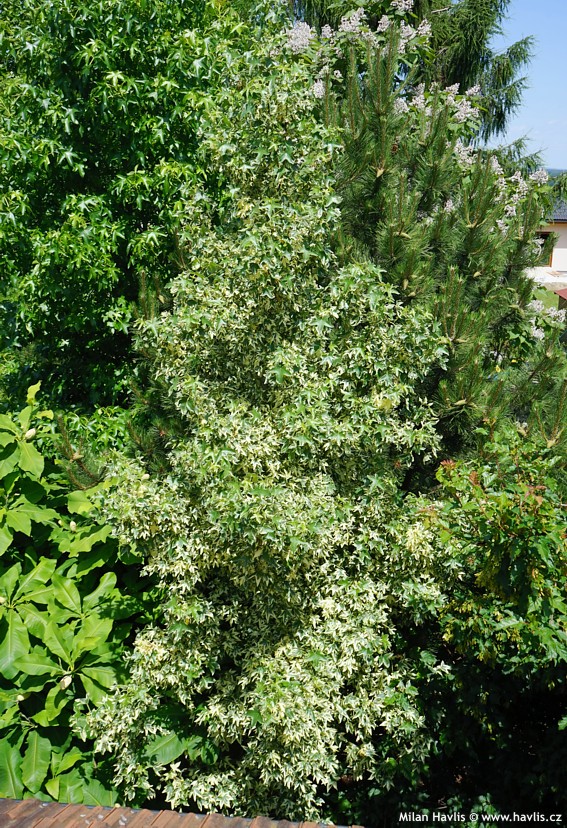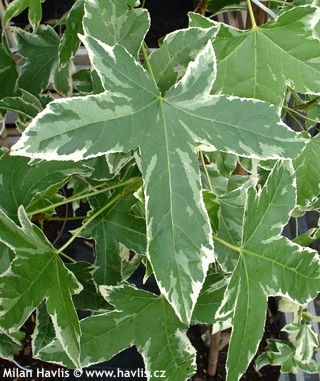Liquidambar styraciflua ('Albomarginata') 'MANON' sweetgum
Liquidambar
The genus Liquidambar includes approximately 15 species of deciduous trees naturally found in the temperate zones of North America, Central America, and Southeast Asia. The best-known species, the American sweetgum (Liquidambar styraciflua), originates from the southeastern United States, where it forms part of mixed deciduous forests. The genus was formally described by Carl Linnaeus in 1753, but the first European record of sweetgum dates back to 1615, when Spanish physician and naturalist Francisco Hernández documented it during his expedition to New Spain (Virreinato de Nueva España), a vast colonial territory of the Spanish Empire in North and Central America with its capital in Ciudad de México (present-day Mexico City). He described it as a tall tree with aromatic resin resembling liquid amber – hence the genus name liquidambar. Although fossil evidence confirms the presence of sweetgums in Europe as early as the Tertiary period, today they occur here only as introduced ornamental trees.
Sweetgums are often mistaken for maples by laypeople due to their similarly shaped, deeply lobed, palmate leaves, most commonly with five tips. What you definitely won’t confuse, however, is their scent when crushed – thanks to the tree’s signature aromatic resin, which is not only fragrant but also slightly sweet. Indigenous peoples of North America – such as the Cherokee and Choctaw – collected the resin, let it harden, and chewed it as a natural treat. Its somewhat sweet taste is what gave the tree its English name sweetgum. And when it comes to autumn foliage, sweetgums are clear winners, offering a wide range of vivid colours and holding onto their leaves longer than most other deciduous trees. In regions like New England or the Appalachian Mountains, they are among the main attractions of so-called "leaf peeping" – autumn trips to places with plentiful of autumn-coloured trees, now often organized by travel agencies. It’s the American counterpart to Japan’s momijigari tradition – just with hamburgers instead of jasmine rice.
Manon is a medium‑sized sweetgum cultivar with striking foliage and narrow growth habit. The leaves are deciduous, deeply lobed, five‑ to seven‑lobed, with creamy white variegation along the margins, which are often curled downwards and sometimes slightly deformed. In summer they are bright green‑and‑white, while towards the end of the season the creamy parts often turn pink, and the green areas shift to wine‑red tones. The overall effect is highly decorative, especially in full sun. The crown is narrowly pyramidal, usually reaching 5–7 m in height and 2–4 m in width. Growth is slower than the species, making it suitable even for smaller gardens, and the branching structure is attractively tiered. The fruits are typical spherical capsules about 3 cm across, slightly spiny, persisting on the tree well into winter.
The cultivar Manon (aka Albomarginata Manon) belongs to the group of variegated sweetgum selections, arising from spontaneous mutations and propagated vegetatively. According to the RHS, the name Manon is used as an umbrella term covering more than one clone, which explains why plants sold under this name in different countries may look quite different. This group also includes the name White Star, introduced in the United Kingdom from 2006 and represented at the JC Raulston Arboretum in North Carolina, USA, by a plant purchased from local nurseryman Ben Brown as early as 2002. This form is described as more brightly variegated, but prone to leaf scorch in strong sun on dry soils, and as it matures it can produce fasciations with slightly deformed leaves. Another trade name for a sport of this group is Argentea. Altogether, Manon represents one of several variegated forms whose identity overlaps with other names, and specialist literature sometimes recommends the collective designation Variegata Group for all these clones to avoid confusion.
Sweetgums are relatively tolerant when it comes to planting sites, but they do have preferences if you want them to thrive and look their best. Always give them full sun – adequate light is the key to vibrant autumn colours. They’ll cope with ordinary garden soil, but they’ll be more vigorous and attractive in acidic, deep soil that doesn’t dry out completely. Once established, they are impressively drought-tolerant – they can even draw moisture from dew condensed on their leaves overnight. On the other hand, they can also handle more water and we’ve found they’ll grow even tolerate occasional waterlogging which results in turning colours and shedding the leaves much earlier than others. Standard forms with a trunk require a strong support – a staking set for the first three years until they establish. The soil above the roots should be kept free of turf or competing plants – ideally mulched. Pruning or shaping, if needed, is best done in late winter or in midsummer. Very young plants should be protected from severe frost, as their hardiness is around –20 °C, but mature trees and shrubs with lignified tissues can easily withstand temperatures down to –29 °C (USDA zone 5).
Last update 26-02-2009; 16-11-2025












